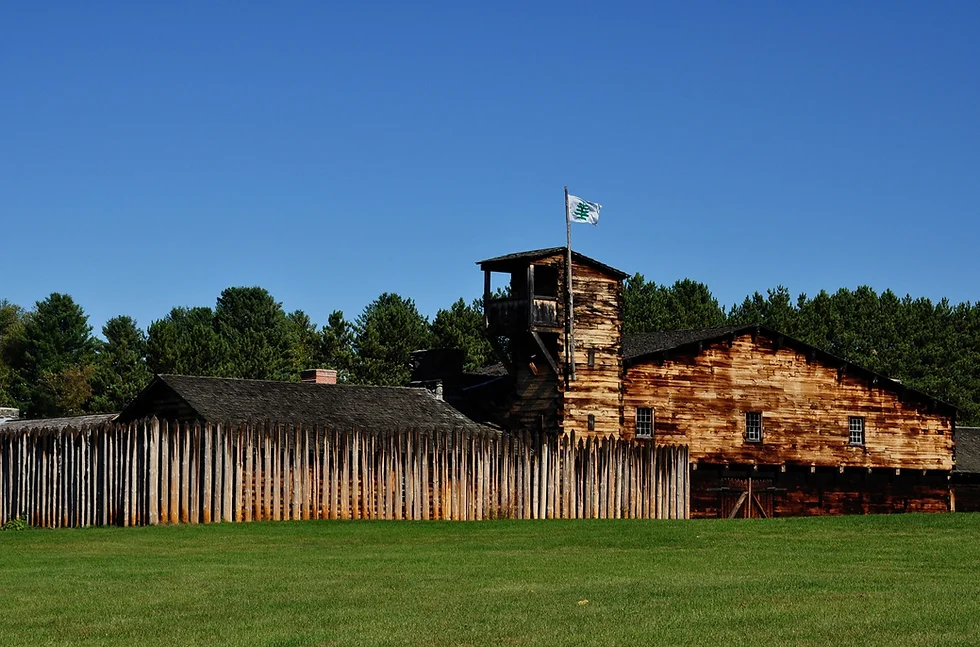When dealing with people of the left, a failed program with horrible outcomes is almost always excused with, “it was done with good intentions.”
Obamacare was intended to give health care to every one. Instead, it cost people their insurance, their doctors, and made everything more expensive. But the intentions were good, so just forgive and forget the bad outcomes.
“Do I believe that this language is meant to harm or confuse students?” is not relevant. “Never attribute to malice, that which can adequately be explained by stupidity”. That is where I lived for many, many, many years. Once is an accident, twice is a coincidence, three time is enemy fire.
“More inclusive?” No, it is designed to allow people, teachers, administrators, parents, and students to get participation awards for failing.
I took my oldest daughter to the range, back when I didn’t know enough, and tried to teach her how to shoot. She did a miserable job. In the end, she managed to get all 8 rounds from the 1911 on paper. Not even in the target, just on paper.
I was so proud of her improvement, I praised her, “That’s perfect, brat!”.
She came home, excited about range day. She showed her final target to the rest of the family, telling everybody she had done perfectly.
Today, If there is more than a MOA in my pattern, I have to do better. No, I don’t get MOA most of the time. There is lots of room for improvement.
Telling somebody they are a “learner”, when they are not, is malicious. It might not be meant in a malicious way, that doesn’t mean it isn’t.
A learner is somebody with a learning mind set. Someone who is open to learning something new, or improving on something they already know. I’ve known many learners over the years.
Some people are not natural learners. They will “turn off their brains” after a hard day at the office. They do mindless things. They only have enough energy to learn when it is required.
I know people who have 4.0 grade point averages that were not learners. They were great students, they learned while in class, but they might not ever apply that to anything in the future.
I believe this change was made with positive intentions. To me, “learner” suggests someone who is actively engaged, not just passively sitting in a chair. It reflects a belief in the potential of every child to grow, discover, and take ownership of their learning. I don’t believe the shift was done with ill will.
I want to highlight the entire quote, but there are three sections.
“Done with positive intentions.” I do not know that it was done with positive intentions. Nobody has presented any evidence to me that it was done with positive intentions. The intentions are not relevant.
I believe the most of the people who are currently using the term haven’t really thought about it. Instead, they fall into the patterns of their bosses. They are slowly herded into standard group think.
Most of these people never thought about the misuse of the word “learner”, they didn’t think at all. They were sheep.
The second part is the definition. Yes, that is a reasonable definition of a learner.
“It reflects a belief…” is not part of the definition. It is wishful thinking. Not every person can grow, discover and take ownership of their learning.
This type of thinking is certainly reflective of left think. If we label something, then that something will become the label.
This is a pile of dung. Calling it pizza will not make it pizza. “What’s in a name? That which we call a rose by any other name would smell as sweet.” — Act II, Scene II, Romeo and Juliet
We don’t call somebody a “winner” because of their potential to win. We call them a winner when they do win.
We don’t give out Medal of Honor to soldiers because of their potential to earn the medial, but because they did earn it.
… I still believe all students can become learners…
Exactly! A student can become a learner. And when they do, they are learners. Until that, they can still be students.
I am a computer scientist by education. I’m good at it. I was hanging with my friends, all of them scientists as well. We were working on a difficult problem, making slow headway on it. One of them spoke up, “Come on, it’s not that hard. It isn’t rocket science.”
Everybody got very silent and stared at her. She worked for NASA. The problem we were working was rocket science.
We all laughed, and I remember it to this day.
When I have to deal with somebody with an associates degree in information technology claiming the mantel of “Scientist”, I become irritated.
The sales jerk that expressed his opinion, incorrectly quoting MSM telling me I couldn’t have an opinion because I wasn’t a “Scientist”, made me walk to the other end of the building to confront him in person. The words I had to say weren’t for the rest of the team to hear.
We need to stop giving out participation awards
I remember coming up on a tee-ball game.
“What’s the score?”
Player’s dad: “We don’t keep score, everyone is a winner.”
Player: 4 to 1, they won’t use the scoreboard, so we have to keep track ourselves.
…or to become curious, independent learners?
Personally, I want them to become curious, independent learners, with a lifelong learning mindset. To that end I will reward them with the well-earned title of “learner” when it happens. Until then, they are, at best, students.









